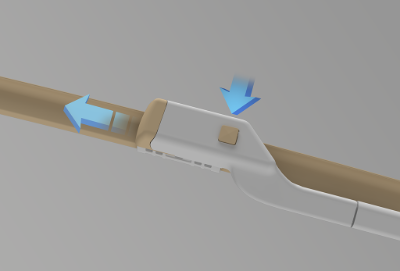Checking the Wiper Blades

You should periodically check and clean the wiping edge of the wiper blade. Clean the blade edge using a soft cloth or sponge, and isopropyl (rubbing) alcohol or windshield washer fluid. Also, check the blade rubber for cracks, splits, or roughness. Immediately replace the blade if any damage is found, to prevent damage to the glass.

